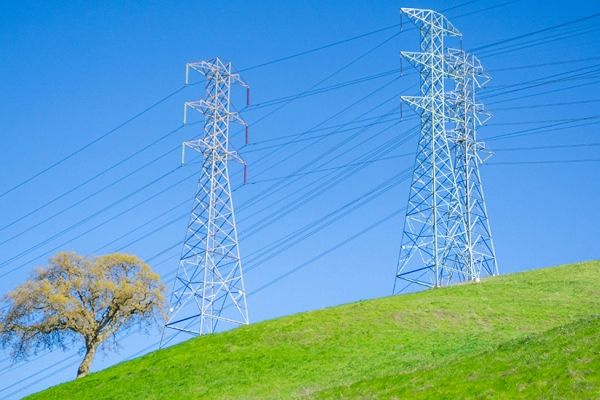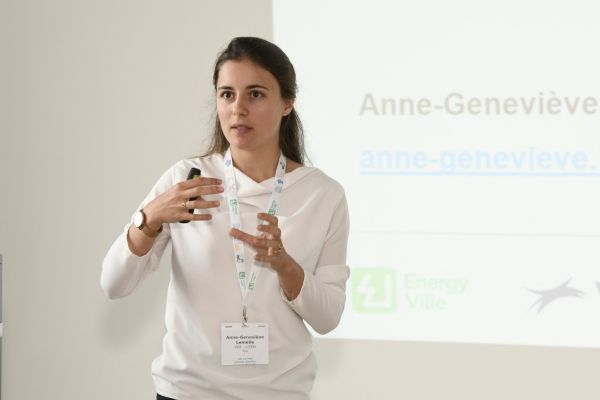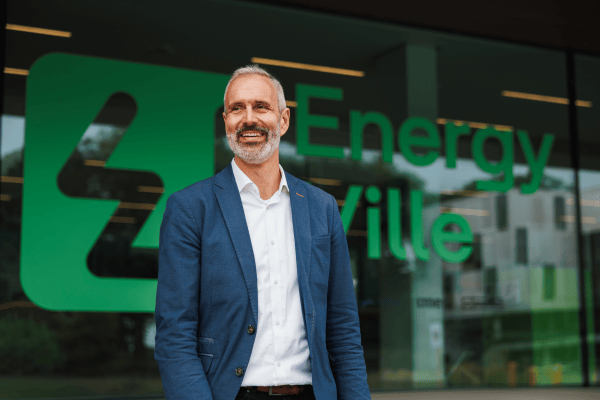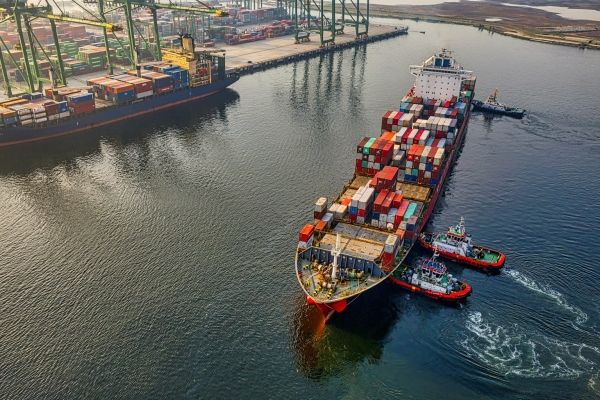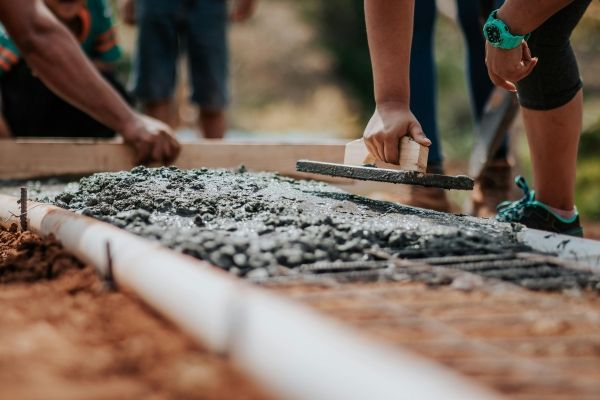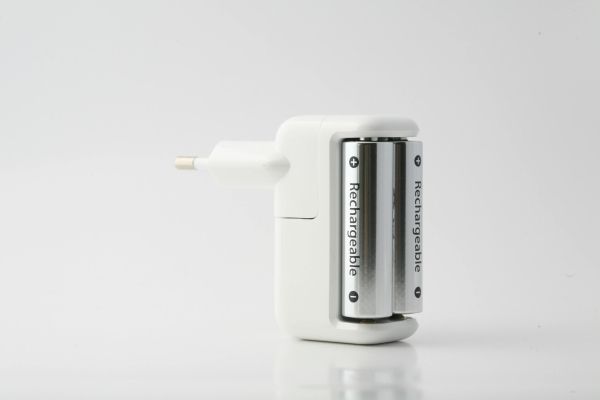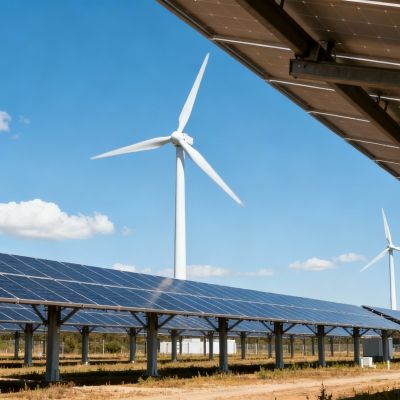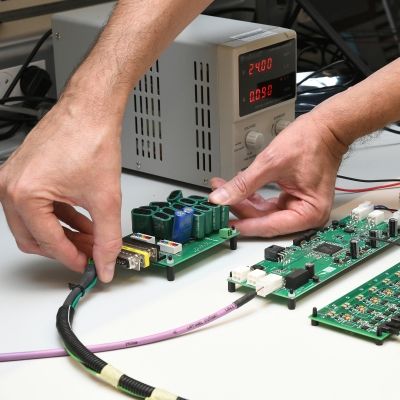Streamlining energy savings among European countries
Europe wishes to see a sharp rise in its energy efficiency by 2030. Member States must accordingly introduce energy-saving measures. But they also need to calculate these and report them to the European Commission. However, that is easier said than done. The streamSAVE project, in which calculation methods from ten participating Member States are exchanged and streamlined, helps in this. This project, coordinated by VITO, is also creating a lively European community around energy efficiency.
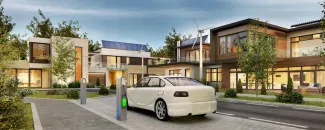
The European guideline on energy efficiency stipulates that Member States need to be one-third more efficient in handling their energy by 2030. Moreover, countries need to report their achievements in terms of energy efficiency correctly, quantitatively and transparently. This is not only important from the perspective of monitoring, reporting and verification – it also encourages the longer-term exchange of knowledge, experience and best practices on the energy efficiency policy in the EU.
Ten priority actions
In order to lower the barriers to adoption for new and existing calculation methods for energy efficiency among Member States and to streamline these in European terms, the streamSAVE project was launched about two years ago. This project focuses on energy savings through ten priority actions (PAs), as they are known, to which great potential is allocated. A few examples of PAs are energy savings through more economical lighting, more economical cooling, electrifying the vehicle fleet, making heat generation more sustainable and encouraging more economical behaviour among citizens. This Horizon 2020 project, which will last for three years and brings ten EU Member States together, involves twelve partners, from authorities (e.g. energy agencies) through knowledge institutions to industrial stakeholders. VITO/EnergyVille is coordinating it.
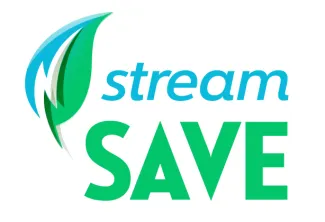
The reporting of the Member States’ achievements in terms of energy efficiency therefore needs to take place in a realistic but practically feasible manner – read: without too much paperwork. One of the goals of streamSAVE is to help them with this, including by providing methodologies that are new or that already exist elsewhere. As it happens, this not only helps Member States with their reporting – it also makes it easier for them to achieve their objectives effectively. After all, consultation structures (‘dialogues’) are also being set up in the project, through which experiences can be shared between countries during webinars and workshops.
What is the benefit of an electric vehicle fleet?
streamSAVE is already over halfway through its running time. This puts the project in the second cycle at present, in which the last five PAs are being addressed. ‘In the meantime, dealing with the first five PAs during the first cycle has already produced results,’ says Kelsey van Maris from VITO/EnergyVille. For example, our country was provided with advice on how the energy savings can be calculated when all new company cars will soon (by 2026) be required to run on electricity. As mentioned, savings through electrification of the vehicle fleet is one of the PAs. ‘Each of the participating countries can choose one PA to work on in further detail. This is a free choice and will vary from country to country. For example, Austria chose the PA for energy savings with devices, but also making buildings more energy efficient through smart and automatic control (see box below).’
The streamSAVE project is being coordinated by VITO/EnergyVille, specifically by Nele Renders. ‘My task is to connect everything and everyone together and to align the activities. During this second cycle, I’m noticing that this is going a lot more smoothly. That makes sense too: the participating partners now know each other better and are well up to speed with the project, meaning they can respond to the needs in their countries even better.’
As a leader, VITO/EnergyVille was also able to contribute its expertise for two PAs, namely those around energy poverty and smart systems. Renders: ‘In addition, our experts drew up some methodologies (with guideline values based on EU data) for the calculation of the energy savings in each PA. We then look at what the participating countries are most lacking. This often involves a scarcity of data in a country, and then we can propose using our guideline values.’ The way of working demonstrates that the project’s operation had a very bottom-up inspiration. Besides that, it is also question-driven, given that the founding principles are formed by the requirements of policy-makers in the participating Member States.
At the same time, this collaboration is also creating a lively community of policy-makers and experts around energy efficiency. ‘We’re encouraging Member States to learn more from each other this way. That way, they can inspire one another to achieve the highest energy efficiency that they can,’ says Renders.
Partner Austrian Energy Agency
The Austrian Energy Agency (AEA) is one of the twelve partners in streamSAVE. ‘Our assistance in the project is producing some valuable additions to our area of calculation methods for energy efficiency, which is al-ready highly comprehensive in Austria,’ says Elisabeth Boeck from the AEA. In addition, these methods also need to be regularly up-dated, and streamSAVE is helping there too.’
‘Furthermore, the project’s results and the gained insights are not only useful for the AEA, but also for all Austrian organisations involved in the implementation of the Euro-pean energy efficiency guideline.’
The streamSAVE project received funding from the European Horizon 2020 programme under Grant Agreement No. 890147.




